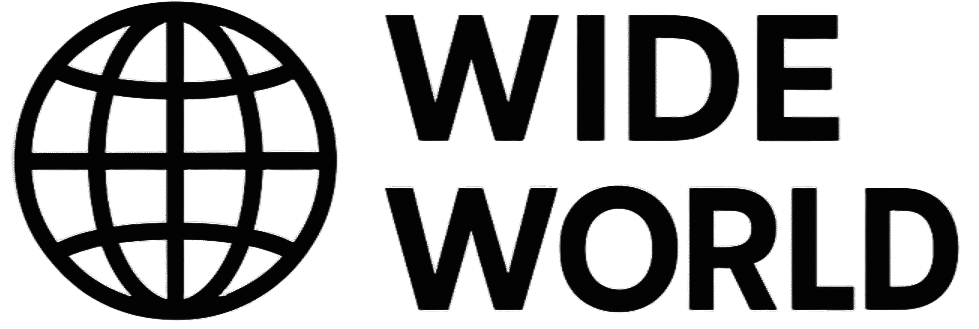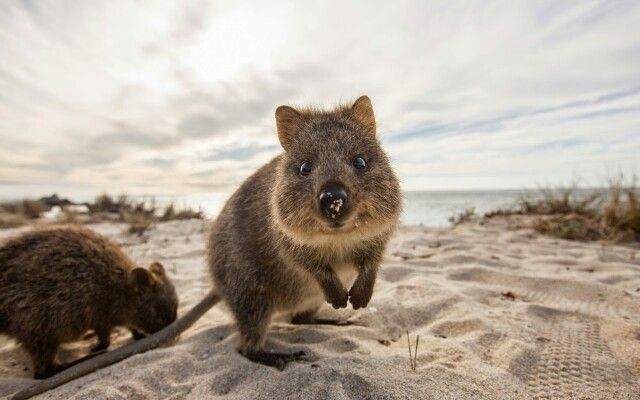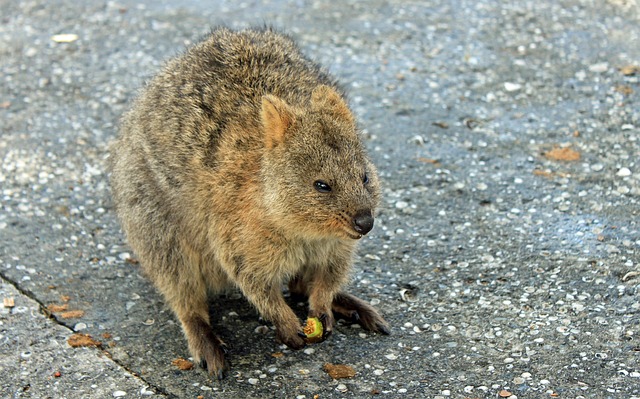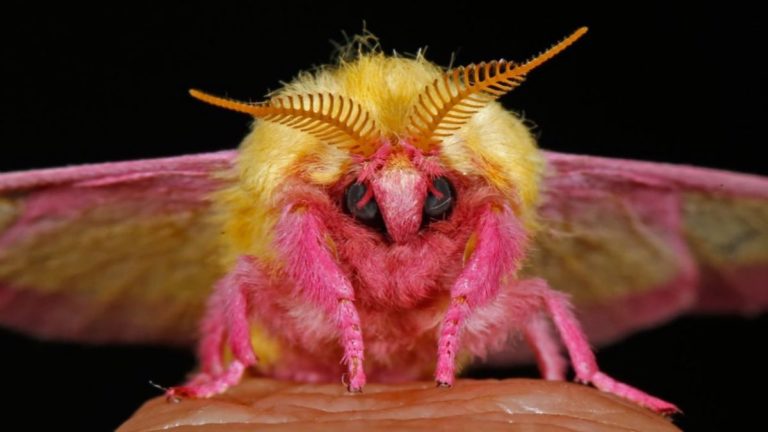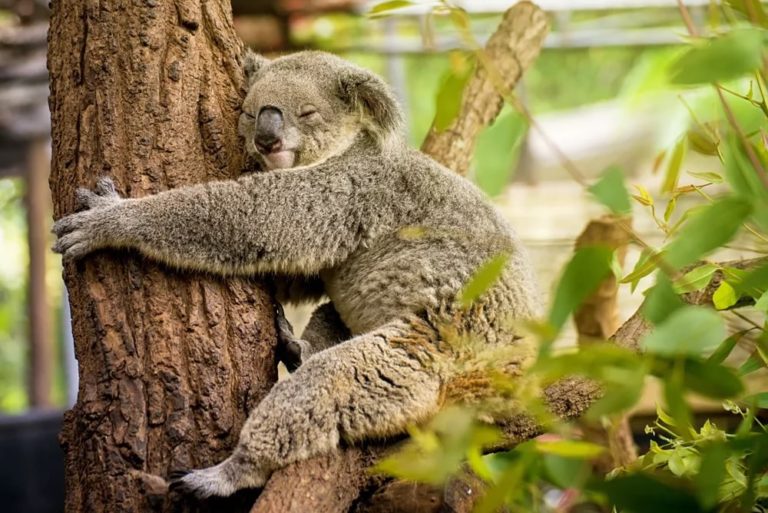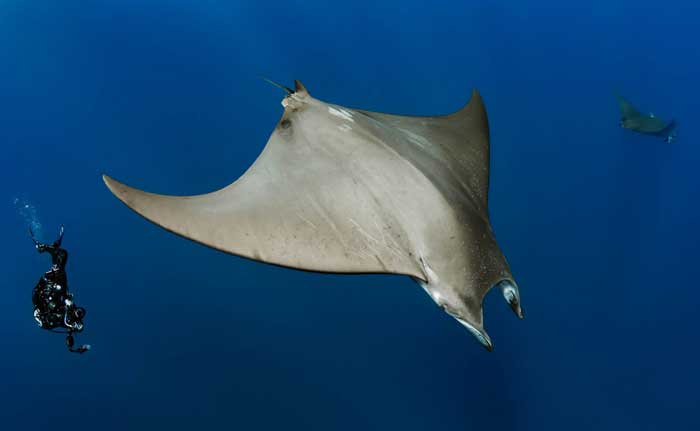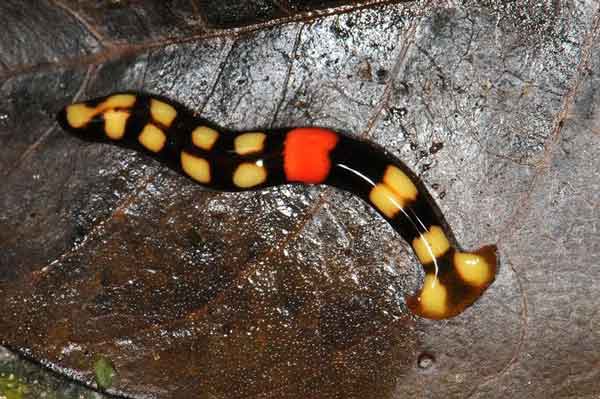Fascinating Facts About Quokkas: Australia’s Smiling Marsupials
Quokkas are small marsupials often compared to kangaroos for their hopping gait and pouch-carrying young. Famous for their seemingly permanent smiles and friendly nature, they have become internet sensations. But don’t be fooled—while adorable, quokkas are still wild animals and can be dangerous if provoked. These nocturnal creatures are surprisingly adaptable, able to survive without drinking water for long periods by extracting moisture from their food. Though not currently endangered, their limited habitat and fearless behavior make them vulnerable.
Here’s a closer look at some fascinating facts about quokkas.
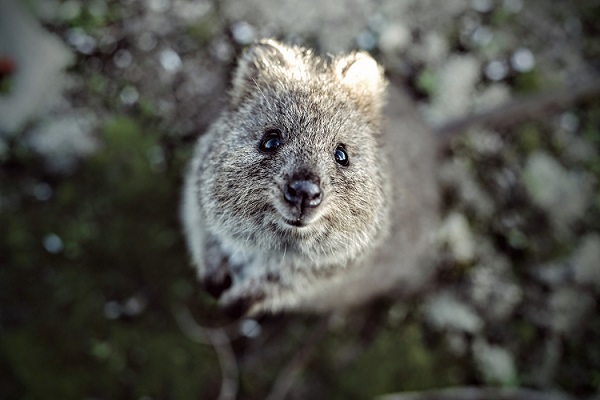
Native to Australia
Quokkas are native exclusively to Australia, with a very limited range. While they are almost as iconic as kangaroos to Australians, their habitats are small and scattered. Most quokkas live in Two Peoples Bay Nature Reserve, a protected area on the mainland, with others residing on Rottnest Island. Although they aren’t endangered, urban expansion and agricultural growth have made some of their habitats increasingly at risk.
Minimal Water Needs
Quokkas are masters of survival. Although they prefer areas near water, they rarely drink. They extract most of their hydration from plants, particularly the flowering shrub guichenotia, their favorite food. When water is scarce but food remains abundant, quokkas can survive for up to a month without drinking.
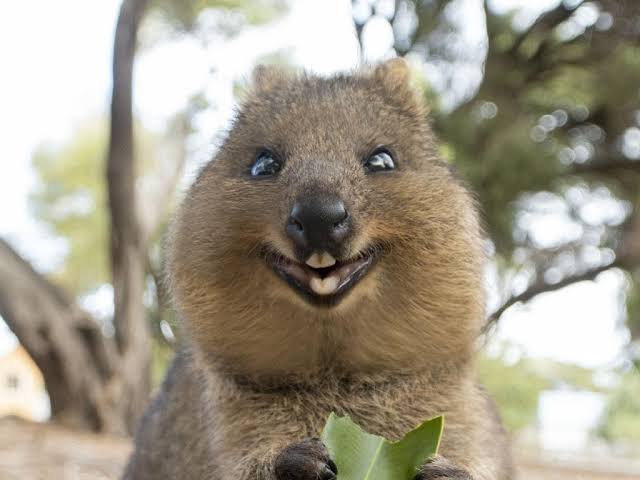
Unique Eating Habits
These marsupials are herbivores, feeding mainly on leaves and grasses—but they don’t chew their food thoroughly. Instead, they swallow it quickly and later regurgitate it to eat again, allowing their digestive system to extract maximum nutrients. This clever adaptation helps them survive in nutrient-poor environments.
Reproduction and Maternal Care
Quokkas have a slow reproductive rate, producing no more than two offspring per year. On the mainland, females may reproduce year-round, but on Rottnest Island, breeding occurs only from January to March. Pregnancy lasts about a month, after which the tiny joeys move into the mother’s pouch for protection, warmth, and feeding. They remain with her for several months and are ready to reproduce by the following year.
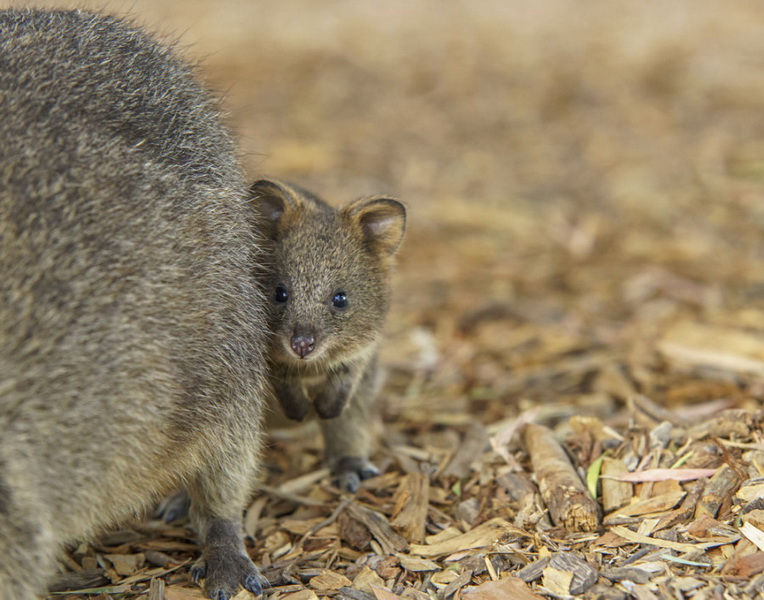
Mothers May Sacrifice Their Young
Unlike many animals that protect their young at all costs, quokka mothers have a surprising strategy. If threatened, a mother may eject her joey from the pouch, diverting predators with the noise while she escapes. It’s a stark example of survival instincts in the wild.
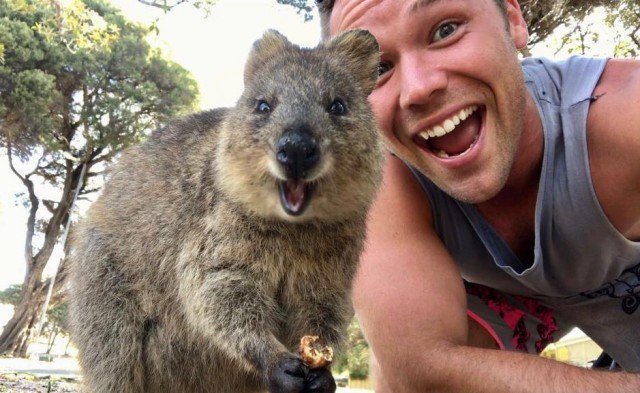
Fearless Around Humans
Quokkas are naturally curious and unafraid of humans. With few natural predators and a long history of isolation, they rarely flee from larger animals. This fearlessness makes them vulnerable, particularly on islands where humans can approach closely. Their charm and “smiling faces” often lead people to assume they are harmless—but they remain wild creatures.

Laws Protect Quokkas
It’s illegal to touch or handle quokkas, even though visitors love photographing them. On Rottnest Island and other protected areas, approaching them for photos is allowed, but touching can result in fines of up to AUD $2,000 or legal action. These regulations aim to protect both quokkas and humans.
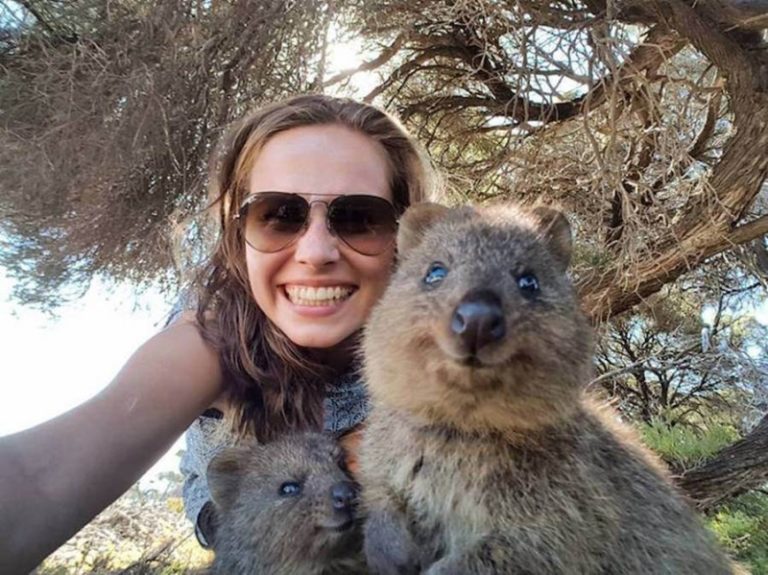
Clever Manipulators
Quokkas have learned to interact cleverly with humans. Their friendly demeanor and playful antics attract tourists, helping them access food in human-inhabited areas. While they appear social and charming, this behavior is often a survival tactic to ensure a steady food supply.
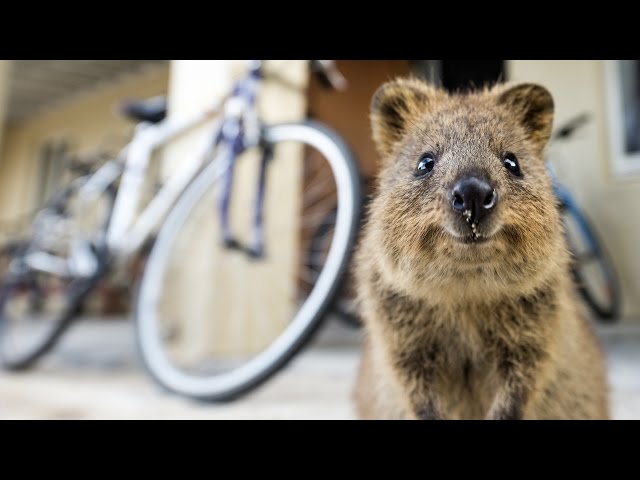
Quokkas Can Be a Nuisance
Despite their appeal to tourists, quokkas can be annoying to locals. They enter towns searching for food, exposing themselves to traffic and domestic animals. Their incursions into cafes, gardens, and private property sometimes create conflicts with residents, even though harming or disturbing them is illegal.
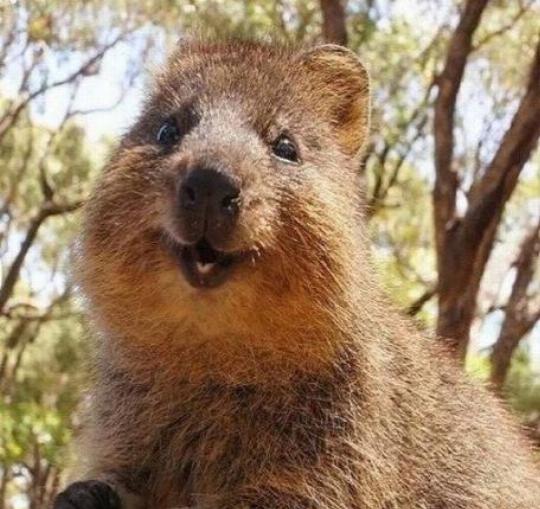
Nocturnal Lifestyle
Quokkas are primarily active at night, avoiding the heat and predators while feeding. However, they can be active during the day, often resting in shaded areas. They usually return to the same spots for feeding and sleeping, and minor disputes can occur over food or preferred resting places.
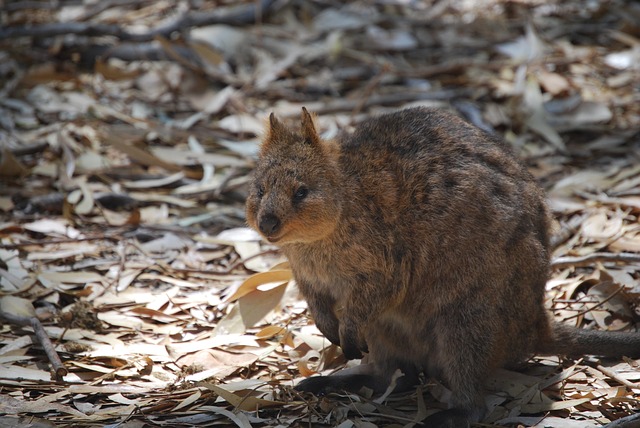
Wild and Potentially Dangerous
Quokkas may look harmless, but they are wild animals. If cornered or provoked, they scream loudly and may bite or scratch. Using their sharp teeth and claws, they can latch onto attackers, causing injuries. Rottnest Island’s hospital treats dozens of quokka-related bites and scratches each year.

The “Happiest Animals in the World”?
Quokkas are often called the happiest animals on Earth due to their curious, playful, and smiling appearance. While this may be a human interpretation rather than scientific fact, their charm has captivated locals and tourists alike.
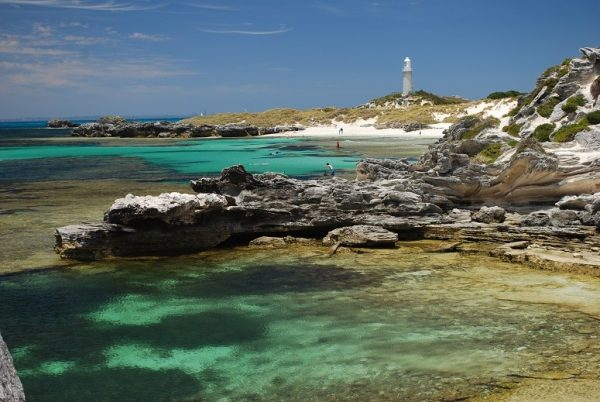
The Origins of Rottnest Island
When Dutch explorer Samuel Volckertzoon first landed on Rottnest Island in 1658, he mistook quokkas for wild cats. The following year, another Dutch captain, Willem de Vlamingh, thought they were giant rats. The island’s name derives from the Dutch word rotte, meaning “rat,” giving Rottnest its English translation: “Rat Nest.”

Few Natural Predators
Before European settlers arrived, quokkas faced very few natural predators, especially on islands. With the introduction of dogs, cats, foxes, rabbits, and rats, many native species faced threats, and some even went extinct. Quokkas now navigate a landscape forever changed by humans and invasive species.
Quokkas are a unique blend of charm, adaptability, and wild instincts. Their friendly smiles have won hearts worldwide, but these tiny marsupials remain resilient survivors in Australia’s rugged landscapes.
